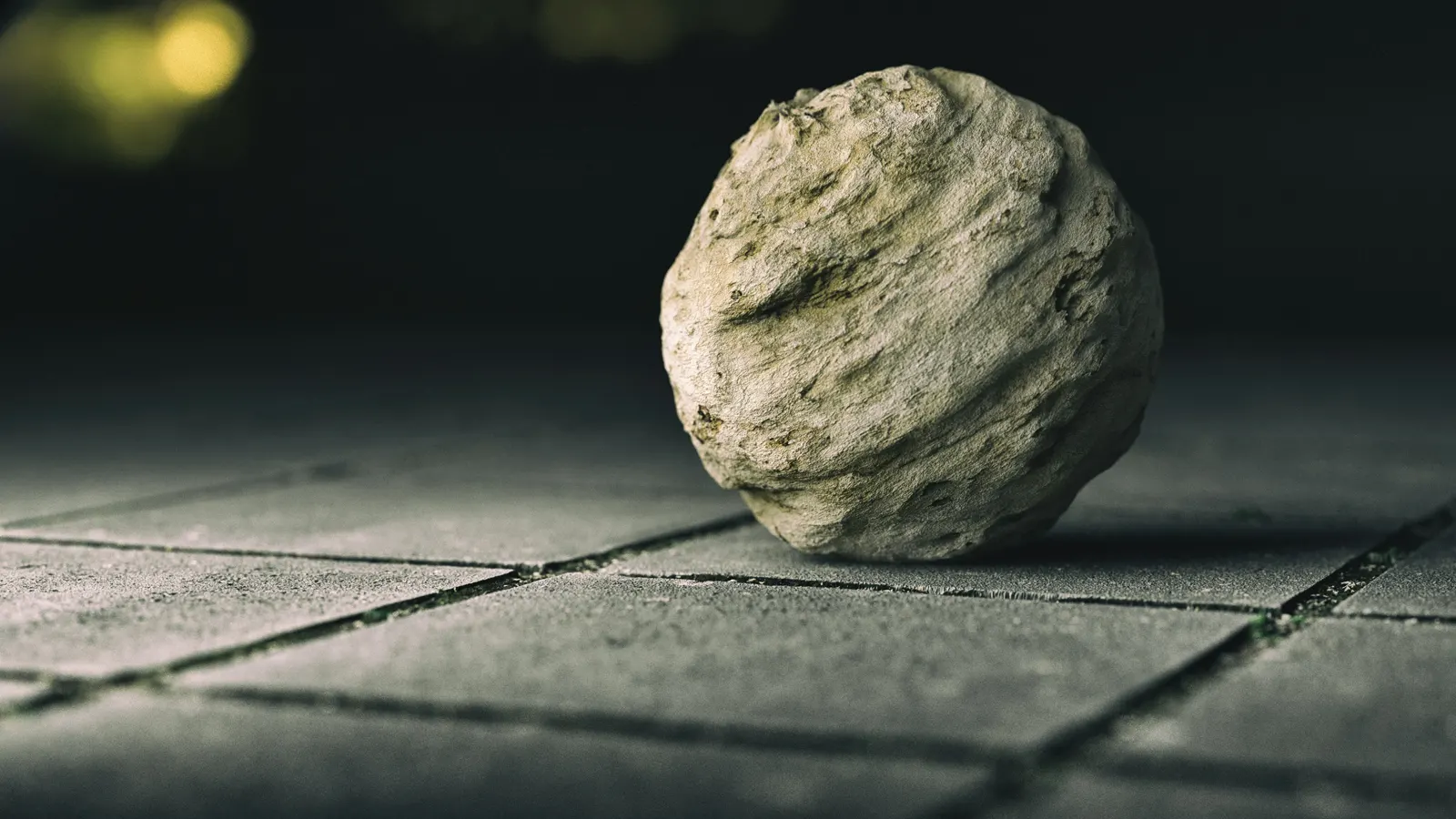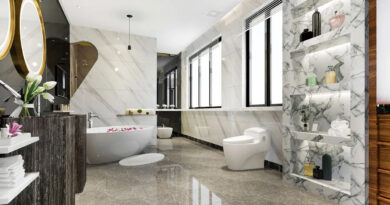Eco-Friendly Flooring Ideas For A Healthy Home
As health and wellness continues to be a main concern, more people are making an effort to keep their living spaces clean and free of toxins. While most are focused on sanitising surfaces and eliminating indoor pollution to reduce their risks of getting sick, a lot of individuals are unaware that their flooring choices can have an impact on their wellbeing. In fact, a study has found that certain conventional flooring types emit volatile organic compounds (VOCs). The research also revealed that nylon carpet had the highest concentrations of VOCs like dimethylbenzene and hexadecane, which can cause symptoms ranging from headaches to skin irritation. These symptoms may result in serious health problems over time, so making better flooring choices should be a priority when building structures or doing renovations.
To safeguard your family’s health, consider environmentally-friendly and sustainable flooring options for your home. Most of these are accessible and affordable, yet they’re stylish enough to give your living spaces a fresh and modern look. Here are some eco-friendly flooring ideas for a healthy home.
Bamboo Flooring
If you’re thinking about replacing all or most of the floors in your home with an eco-friendly variant, start with high-traffic areas. Every step you take releases particulates in the air, and research has found that walking on certain flooring types can contribute to 25 percent of personal exposure to PM10. These particles are small enough that they can be inhaled through the nose and mouth, and these can cause serious health problems such as asthma and COPD.
The living room, kitchen, entryway and hallways should be prioritised since these typically get the most traffic in your abode. Also, if you work from home, consider replacing the flooring in your home office since you probably spend a lot of time in this room. For an eco-conscious home office, install bamboo flooring in this area. Bamboo is a fantastic choice for high-traffic rooms since it’s durable, easy to clean, and has antibacterial properties. It can also absorb sound, which is why it’s often used in places that require silence like offices, libraries and study rooms.
Bamboo is a renewable resource since it takes only five years for a bamboo plant to reach maturity, making it a more sustainable and accessible choice than other types of wood. Be aware though that some bamboo planks use adhesives that contain formaldehyde, which may cause adverse health reactions like skin and eye irritation. Ask for formaldehyde-free bamboo planks or tiles if you’re planning to use this flooring material.
Cork Flooring
Cork is another eco-friendly material that you should consider for your flooring since it has extremely low levels of VOCs. It also has antimicrobial properties that makes it resistant to mould and mildew, making it a good choice if you or your family members have allergies or asthma. Just like bamboo, cork is a renewable material since it’s harvested from cork oak trees. The trees don’t even need to be cut down during the harvesting process since only the bark is needed, and it can only be harvested again once the bark grows back.
Cork provides a soft feeling underfoot and has insulative properties, which makes it the ideal material for bedroom floors. Its non-slip properties also makes it perfect for use in children’s rooms, as well as in an elderly person’s home. However, keep in mind that cork isn’t as durable as wood flooring materials, so it’s not ideal for high-traffic areas or homes with pets. If you still want to use cork in rooms that get a lot of traffic, consider getting commercial grade cork flooring, which is a lot tougher than cork flooring for residential use.
Natural Limestone Flooring
For those who want a chic and elegant-looking floor, think about using natural limestone flooring for your living spaces. It’s abundant in lots of places all over the world, and it doesn’t take a lot of time to manufacture and process limestone tiles, which makes it an eco-friendly flooring material. Limestone flooring is beneficial to health since it’s resistant to mould and bacteria, making it the best choice for bathrooms and kitchens. One disadvantage is that it stains easily since limestone is highly porous, so mop up spills immediately, and only use water mixed with plant-based or eco-friendly cleanser to keep your floor pristine.
Choosing eco-friendly flooring materials is a great way to protect your family’s health. Consider these flooring options for your living spaces, and have a healthier, more sustainable home.



